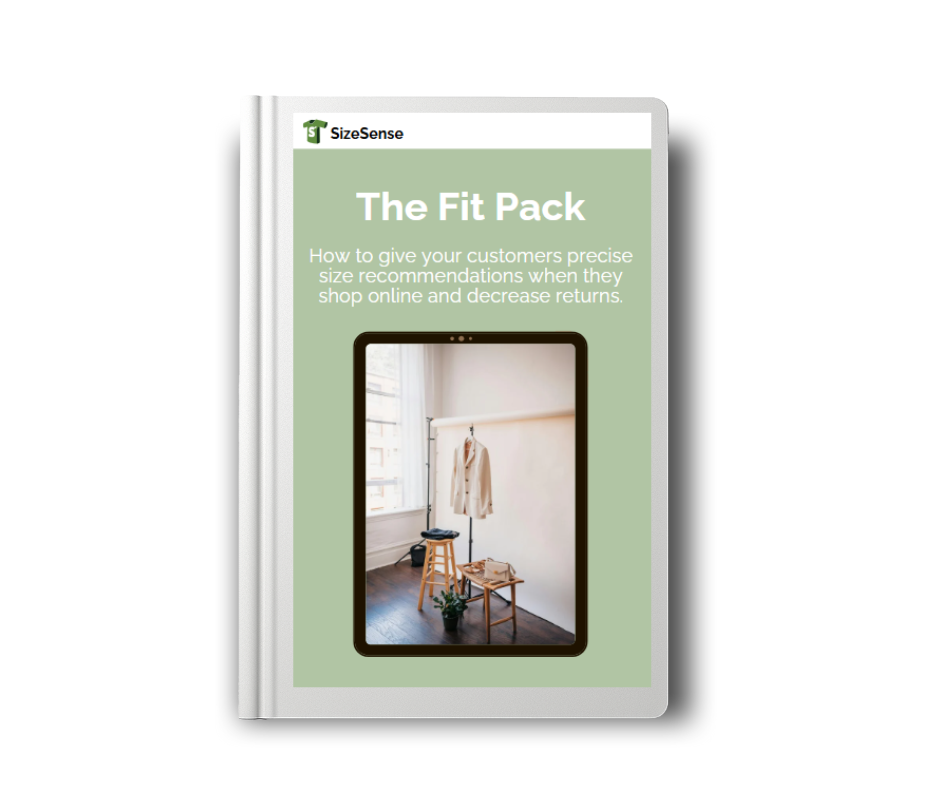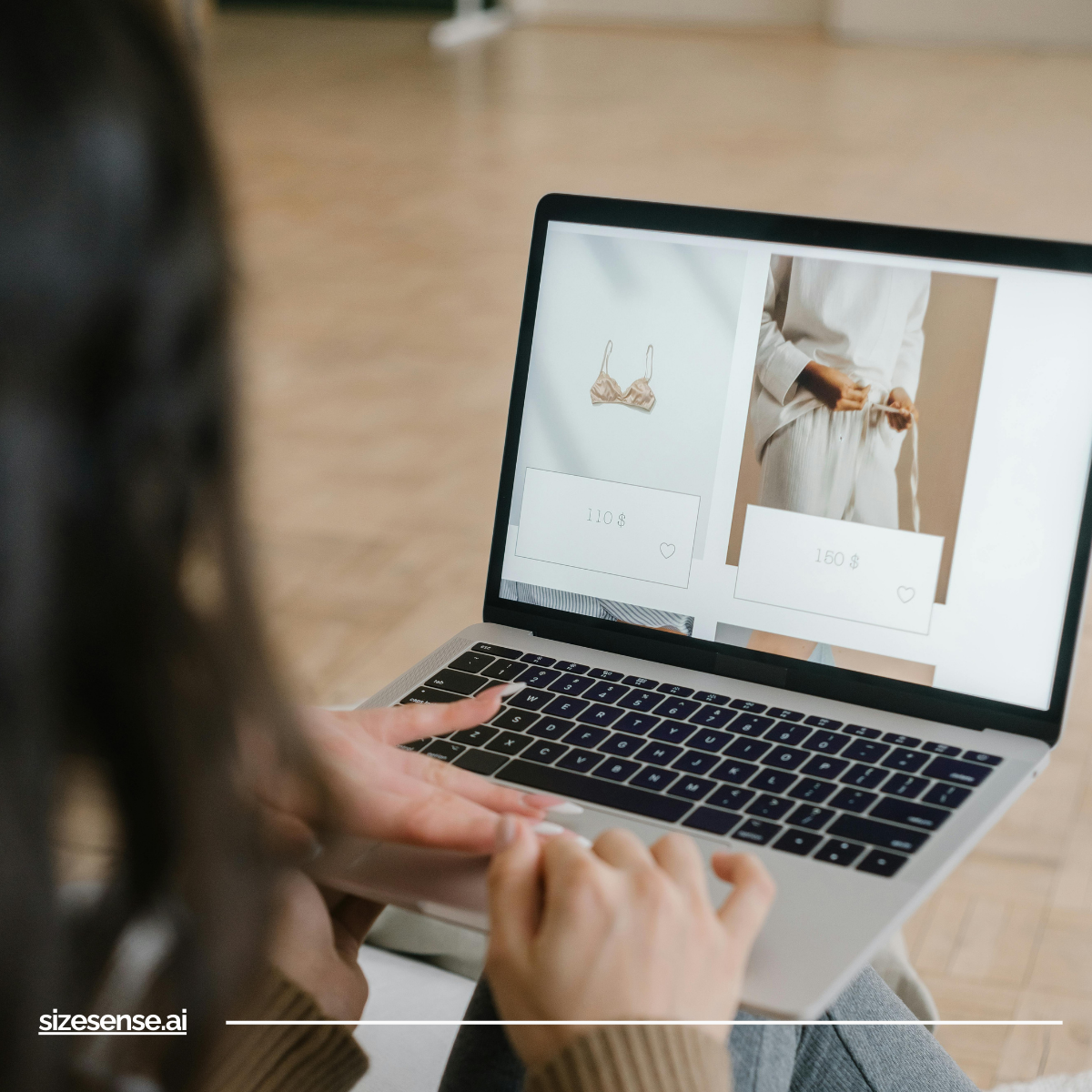The future of e-commerce isn’t just about speed – it’s about smart, personal, and sustainable shopping experiences.
For Shopify fashion stores, the days of “more SKUs = more sales” are over. Today’s shoppers expect more than just variety – they want personalized recommendations, size accuracy, and sustainability. And for fashion brands, keeping up isn’t a nice-to-have anymore – it’s essential for survival.
If you’re running a Shopify fashion store, here are 5 strategies that can help you transition from mass selling to meaningful shopping:
1. AI-Driven Product Curation
What to do: Use AI-powered personalization platforms that recommend products based on customer browsing and purchase history.
Example: Shopify apps like LimeSpot can help you display personalized product suggestions on homepages, product pages, and checkout pages.
Benefits:
- ✅ Boosts conversions
- ✅ Reduces choice fatigue
This level of personalization helps Shopify fashion stores deliver a tailored experience that drives more engagement – and fewer abandoned carts.
2. Pre-Order or On-Demand Models
What to do: Run limited pre-order campaigns to test demand before producing new inventory.
Example: Apps like PreProduct allow you to capture pre-orders for upcoming or out-of-stock products directly on your site.
Benefits:
- ✅ Minimizes overproduction
- ✅ Builds exclusivity and anticipation
This approach gives Shopify fashion stores a smart way to avoid waste and better align production with real customer interest.
3. Personalized Size Recommendations
What to do: Integrate a size recommendation tool that accounts for body measurements, garment specs, fabric stretch, and customer fit preferences.
Example: SizeSense.ai installs directly onto Shopify and uses real product and customer data to offer accurate size suggestions.
Benefits:
- ✅ Reduces returns
- ✅ Improves trust and satisfaction
Accurate sizing helps Shopify fashion stores build loyalty and prevent unnecessary returns, which are costly for both brands and the environment.
4. Conscious Delivery Options
What to do: Provide customers with sustainable shipping choices like carbon-neutral delivery.
Example: Shopify apps like Shopify Planet let you offer carbon offset options at checkout.
Benefits:
- ✅ Enhances your brand’s sustainability story
- ✅ Empowers eco-conscious consumers
When integrated well, these options help Shopify fashion stores align with the values of a growing segment of mindful shoppers.
5. Resale, Rental, and Repair Models
What to do: Create opportunities for customers to buy secondhand, rent garments, or repair what they already own.
Example: Apps like Supercycle make it easy to launch a resale marketplace or rental service within your existing store.
Benefits:
- ✅ Extends product life
- ✅ Strengthens brand community
By embracing circular fashion, Shopify fashion stores can reduce textile waste while unlocking new revenue streams.
The Bottom Line
The most successful Shopify fashion stores of tomorrow won’t be the ones pushing the most inventory. They’ll be the ones helping customers find the right product – one that fits their body, lifestyle, and values.
Selling smarter. Producing less. Returning fewer.
That’s the future of fashion e-commerce.
Disclaimer: I haven’t personally used all the apps mentioned above (except for SizeSense.ai), but I believe they’re strong examples of how to future-proof your Shopify fashion store with thoughtful innovation.
Get a FREE copy of our eBook
Boost Sales and Customer Loyalty and Decrease Returns For Your Fashion Brand!

Get a free copy of our eBook. Discover how to why size Isn’t just a number, how to reduce returns and what you need to make your brand ready to use SizeSense.ai
